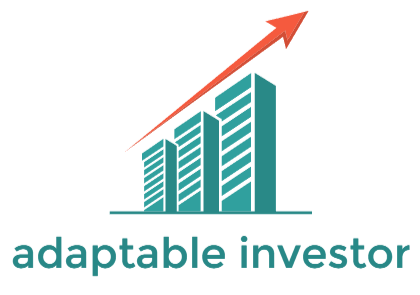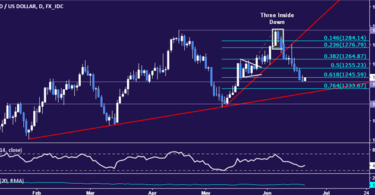For the seventh time in about two years, the Federal Reserve has raised the federal funds rate. That’s good news for savers: These rate hikes are one of several factors that can prompt banks and credit unions to increase the rates they pay on savings accounts.
So how high will savings rates climb in 2018? Some experts see them hitting 2%. That’s 25 times the current national average.
Now is an excellent time to revisit the way you bank to take advantage of rising interest rates.
Evaluate your bank
Higher savings rates will mean more money for people with deposits at online banks and some credit unions; most everyone else will come up empty-handed.
Big brick-and-mortar banks tend to respond more slowly to Fed rate increases, if they respond at all. The average rate on savings accounts at insured banks currently sits at a meager 0.08%, according to the Federal Deposit Insurance Corp.
With an annual percentage yield of 0.08%, a $5,000 deposit earns $4 after one year. A 1.65% APY, which can be had at several trustworthy online banks, would earn a little over $83, a decent return for little effort.
Consider online banking
Why do online banks have better rates than most traditional institutions?
“Online banks can offer higher rates because they’re aggressively trying to take business away from brick-and-mortar banks,” Kristina Yee, a former senior analyst at financial services research firm Aite Group, said in a March interview. “Their operations are just leaner.”
And although Fed rate hikes aren’t directly tied to savings account rates, they are one of several factors that could encourage banks and credit unions to increase APYs.
Diane Morais, president of consumer and commercial bank products at Ally Bank, an online-only institution, says Ally looks at several factors when mulling a rate change.
“Rates being offered by competitors are often a key factor,” she said. “We also look at things like the general level of interest rates in the economy, including the Fed funds rate, and the overall consumer demand for deposits.”
Being able to go to a branch for in-person help is invaluable to some people, but it’s smart to consider your options.
Comparison shop for higher rates
This year, experts expect a total of four Fed rate hikes. Online banks and, to some extent, credit unions, have steadily increased their savings rates during the most recent string of Fed rate hikes.
Robert Frick, corporate economist at Navy Federal Credit Union, is optimistic that consumers are going to see more of the same in 2018.
“I think it’s going to continue,” Frick says. “You’re going to see rates rise.”
Compare your current bank’s rates to those of others; chances are good that you could be earning much more on your savings.






